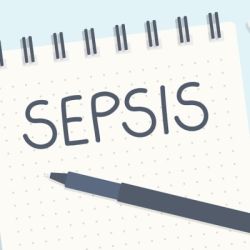Endotoxin can trigger immune responses and organ failure in sepsis patients. Polymyxin B hemadsorption (PMX-HA) is an extracorporeal blood purification technique to remove circulating endotoxin and prevent organ failure. While some studies have suggested that PMX-HA improves outcomes in sepsis patients, conflicting results have been observed in randomised controlled trials (RCTs).
The EUPHRATES trial, which enrolled septic shock patients with high endotoxin activity, did not demonstrate a significant reduction in 28-day mortality. This could be attributed to suboptimal target ranges of endotoxin activity in the trial. Post-hoc analysis indicated that PMX-HA treatments effectively reduced mortality in septic shock patients with endotoxin activity between certain ranges.
This study aimed to identify specific patient subgroups that may benefit from PMX-HA treatment. The goal was to determine which patient subgroups with sepsis would benefit from treatment with PMX-HA.
The researchers used data from the JSEPTIC-DIC cohort, which included 1,911 sepsis patients, and the EUPHRATES trial, which involved 286 patients with endotoxemic septic shock. The aim was to identify the most effective criteria for administering PMX-HA. These criteria were then validated using the EUPHRATES trial cohort.
The patients who experienced greater benefits from the treatment were found to have severe coagulopathy and hyperlactataemia. Based on these findings, the researchers identified specific criteria for potential treatment targets of PMX-HA, which included patients with a prothrombin time-international normalised ratio (PT-INR) greater than 1.4 or lactate levels higher than 3 mmol/L. This targeted subpopulation accounted for 75% of all patients.
Further validation was conducted using the EUPHRATES trial cohort. The use of PMX-HA in this targeted subgroup resulted in a significantly higher 28-day survival rate compared to the control group. The PMX-HA group had a 68% survival rate, while the control group had a 52% survival rate.
The presence of abnormal coagulation and hyperlactataemia in septic patients with high endotoxin activity is a useful indicator for identifying individuals likely to benefit the most from PMX-HA treatment.
Source: Critical Care
Image Credit: iStock


















